Sandhill Crane with colts, South Kettle Moraine Waukesha County WI. Photographs taken on May 19, 2011
Sandhill Crane
Binomial name: Grus canadensis
Category: Cranes
Size: 46” long, 77” wing span
Weight: 10.6 lb.
Habitat: Sandhill Cranes typically breed, forage and nest in wetlands, grasslands, marshes, bogs and sometimes dry lands. Out of the breeding season they spend more time in deeper water of lakes and ponds where they are more safe from the many predators they have being a ground species.
Diet: Seeds, grains, snails, insects, worms, amphibians, reptiles, nestling birds, small mammals, and sometimes berries. With their long bills the dig for tubers.
Nesting: The nest is constructed of dead plant material such as cattails, burr reeds, sedges and grasses. Later on green plant material is added to the nest. The nest is cup shaped 30”-40” across and 4”-6” high lined with small sticks and twigs. Both adults gather the material, but the female arranges the materials in the construction of the nest to her liking. The male defends the nest during incubation. 1-3 eggs are laid in the nest, both parents incubate the eggs for 30 days, they hatch covered in down. The young leave the nest usually in less than a day. The adults feed the young for the first few weeks and then less and less as they become more independent taking 9 to 10 months.
Cool facts: The Sandhill Cranes is the most common crane in the world. Sandhill Cranes are known by their graceful dancing skills. Within 8 hours of hatching the young are capable of swimming. If a mate dies, a new mate is found and a nest is reused by the new pair.

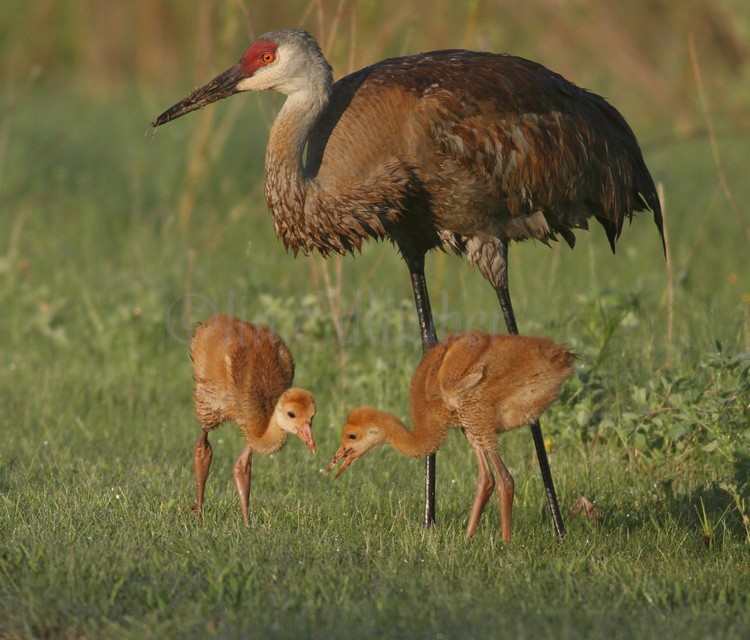
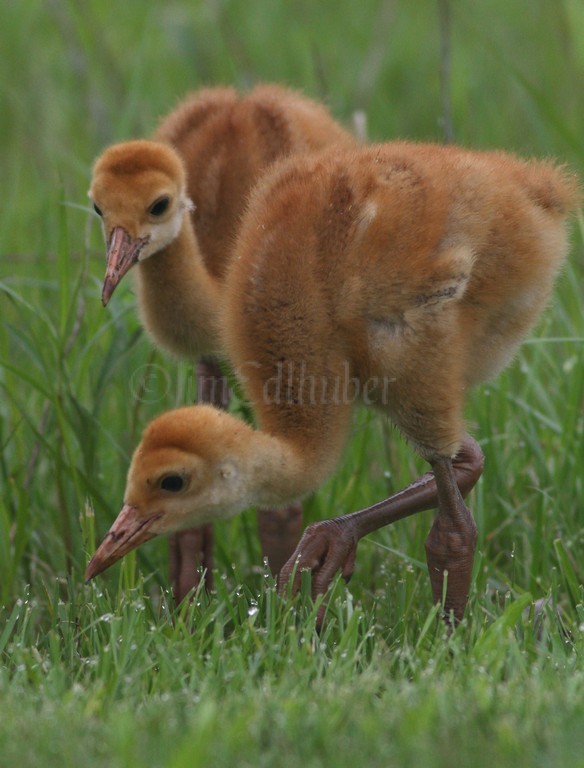
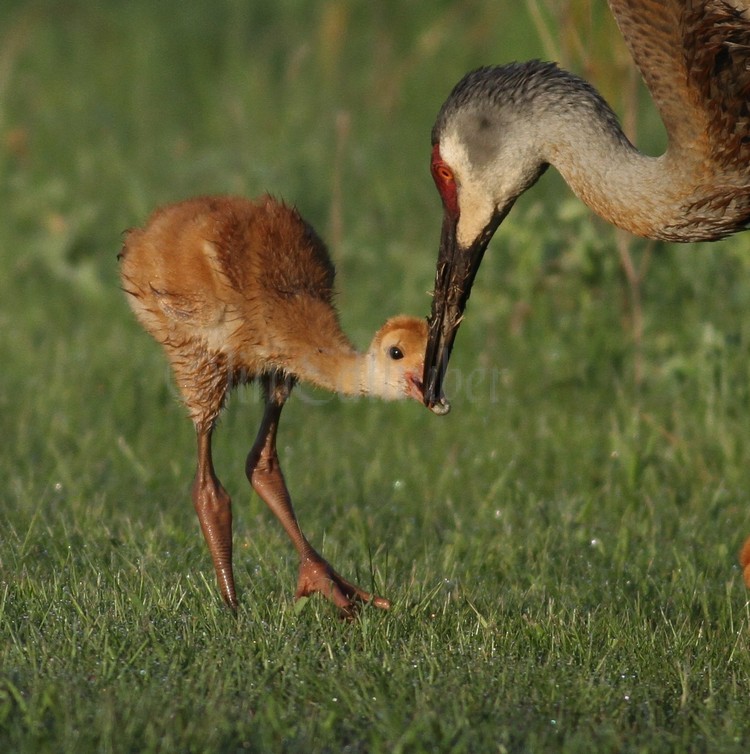
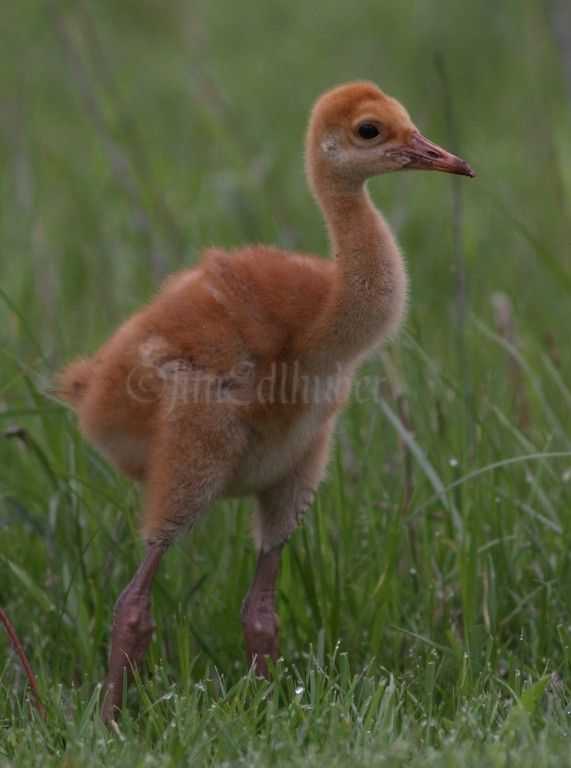
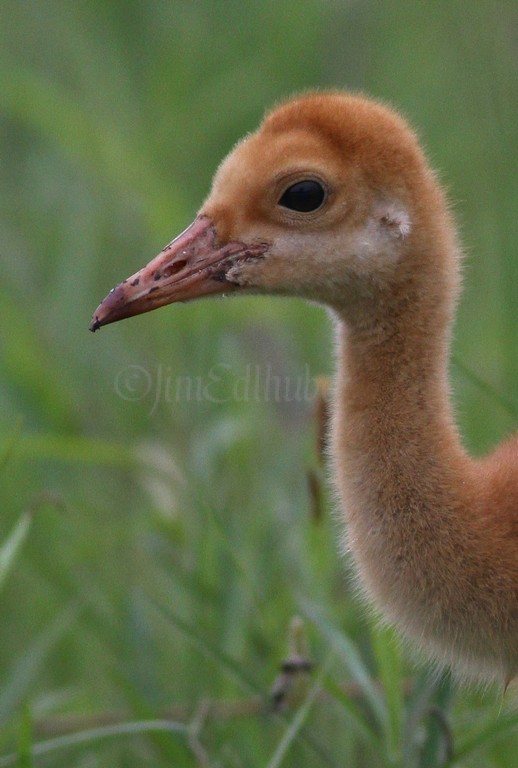

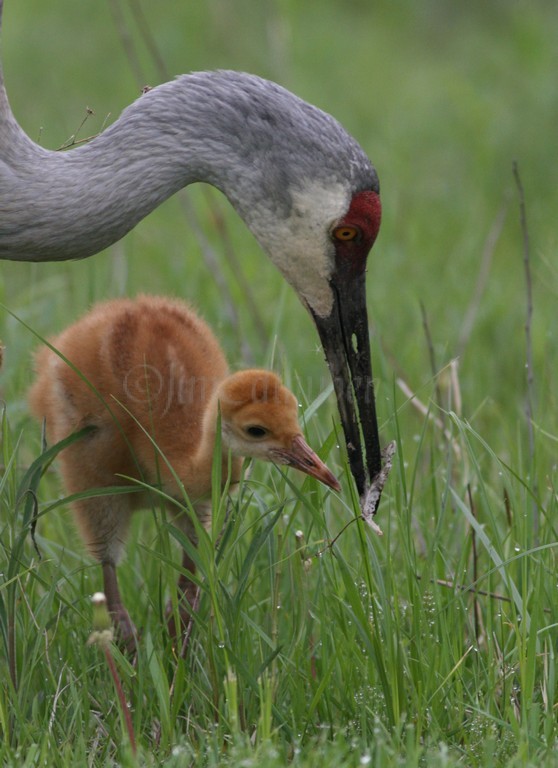
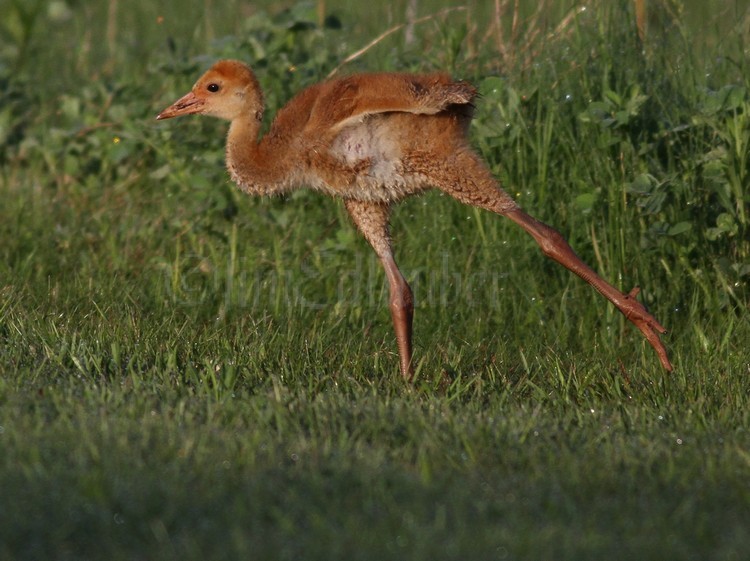
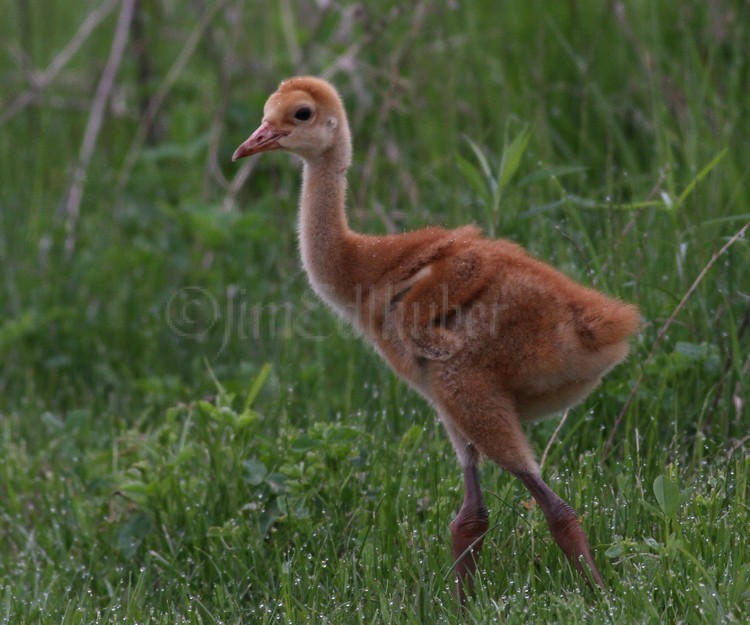
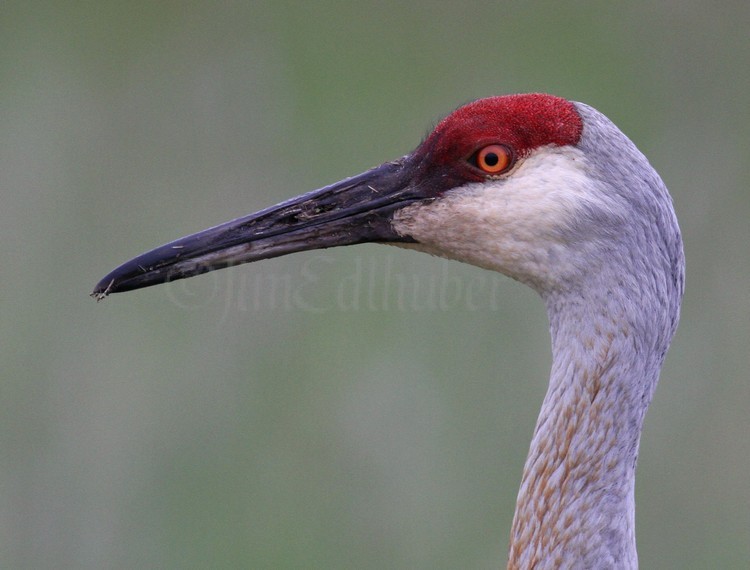
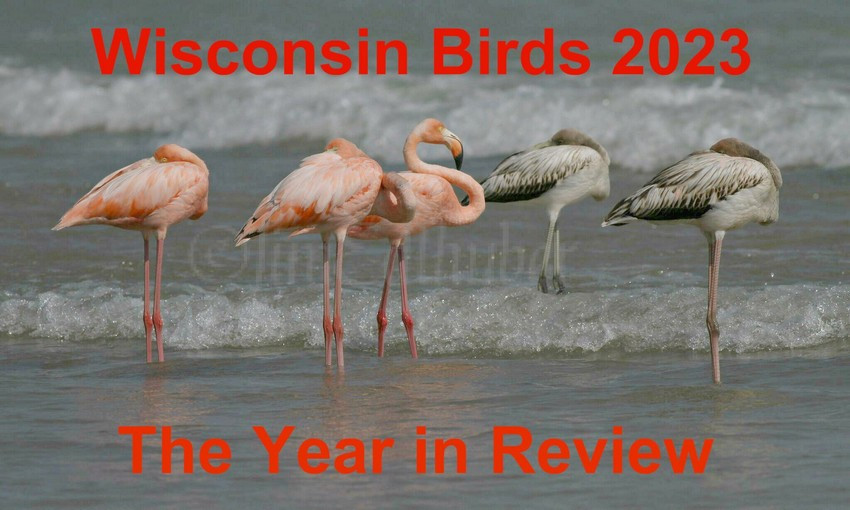

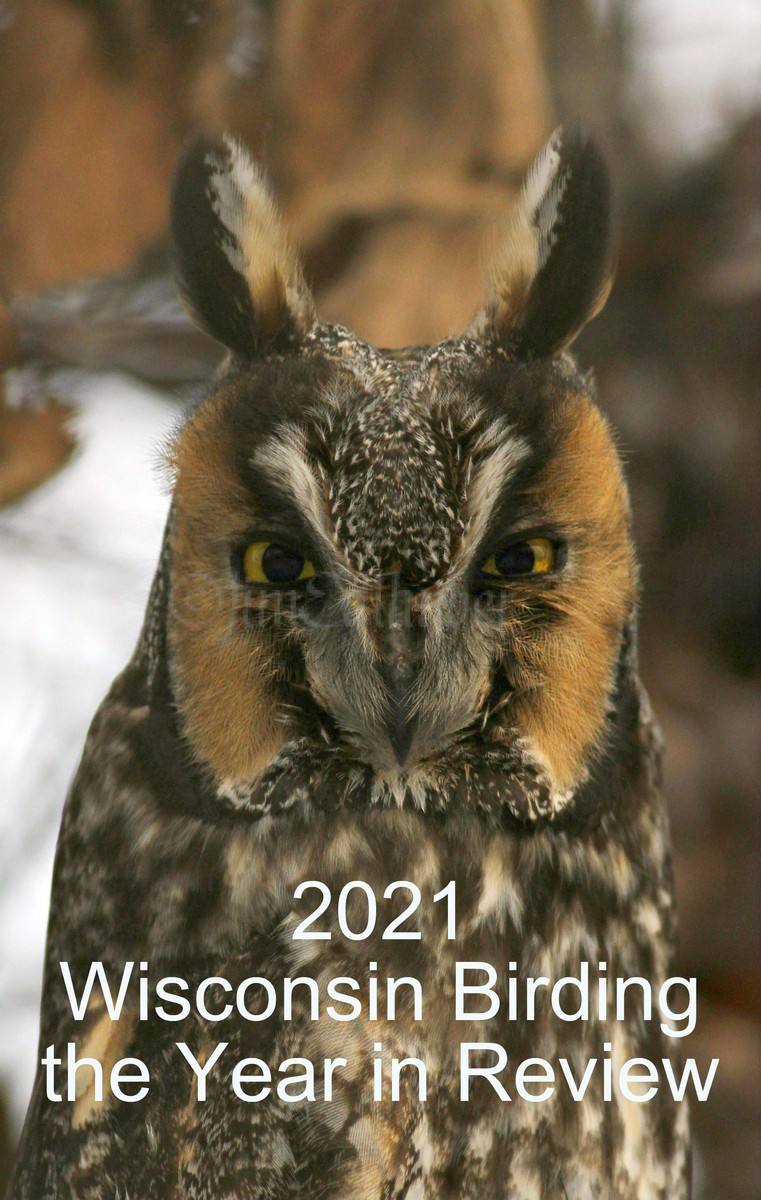
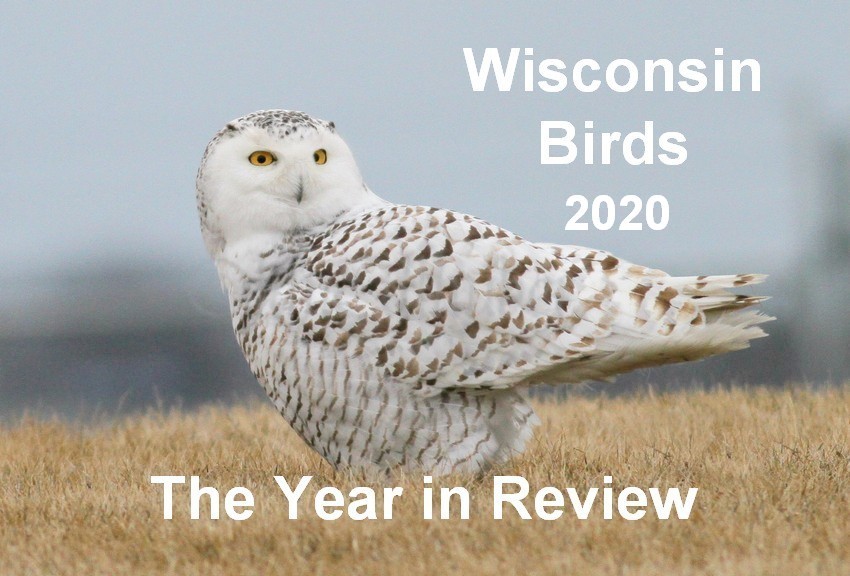
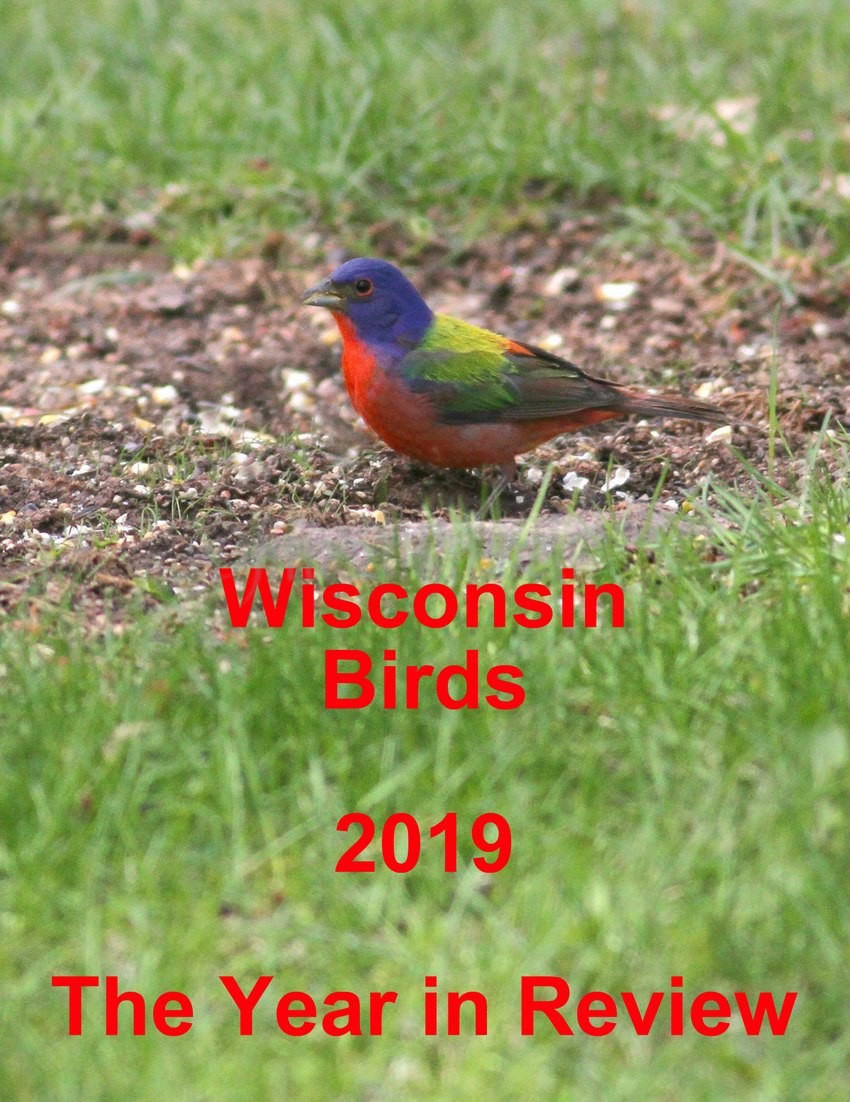
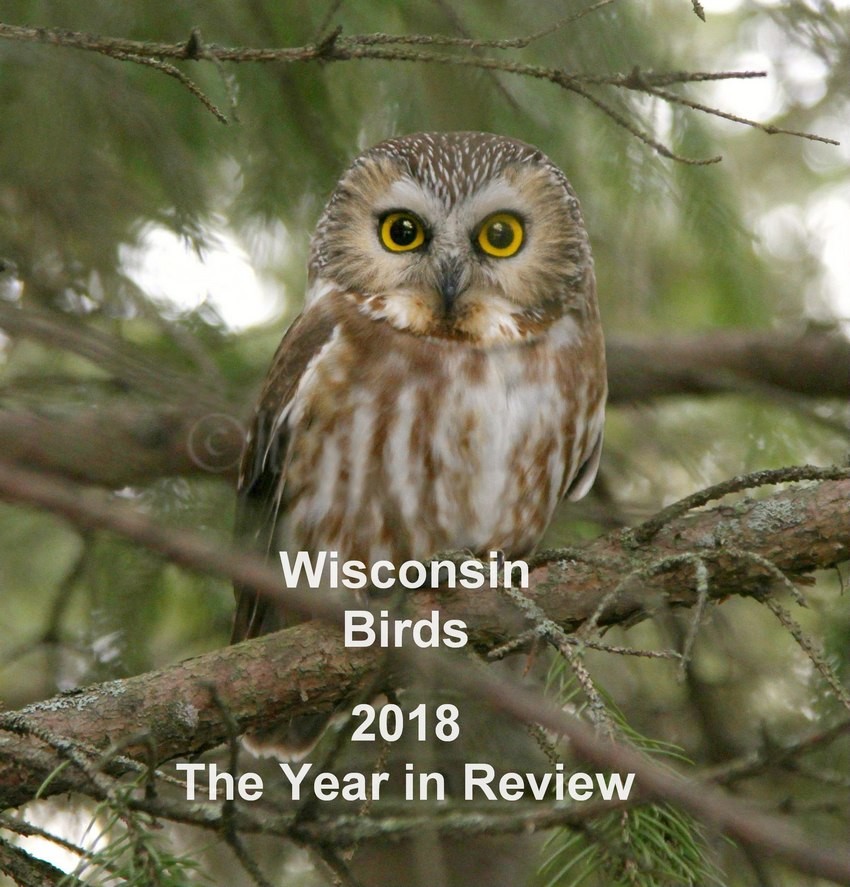
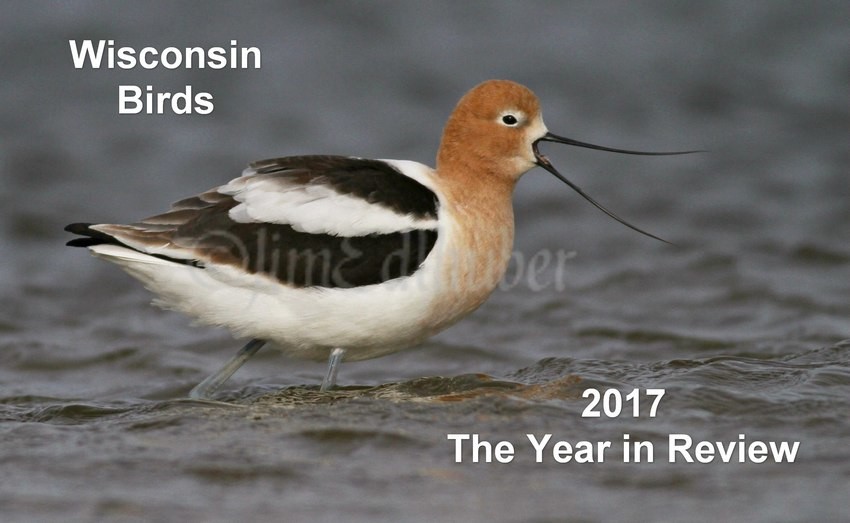
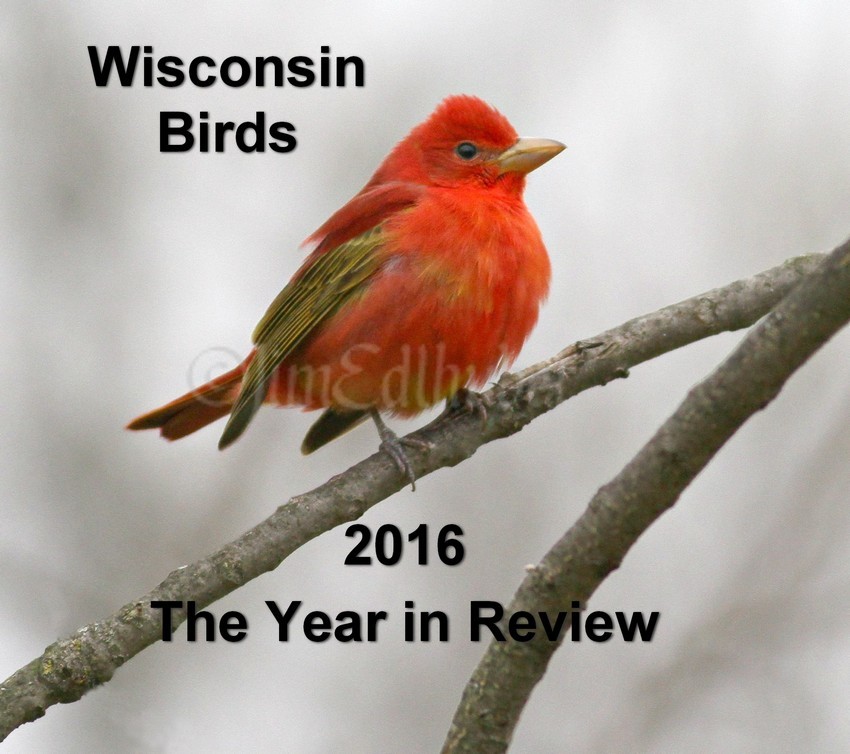
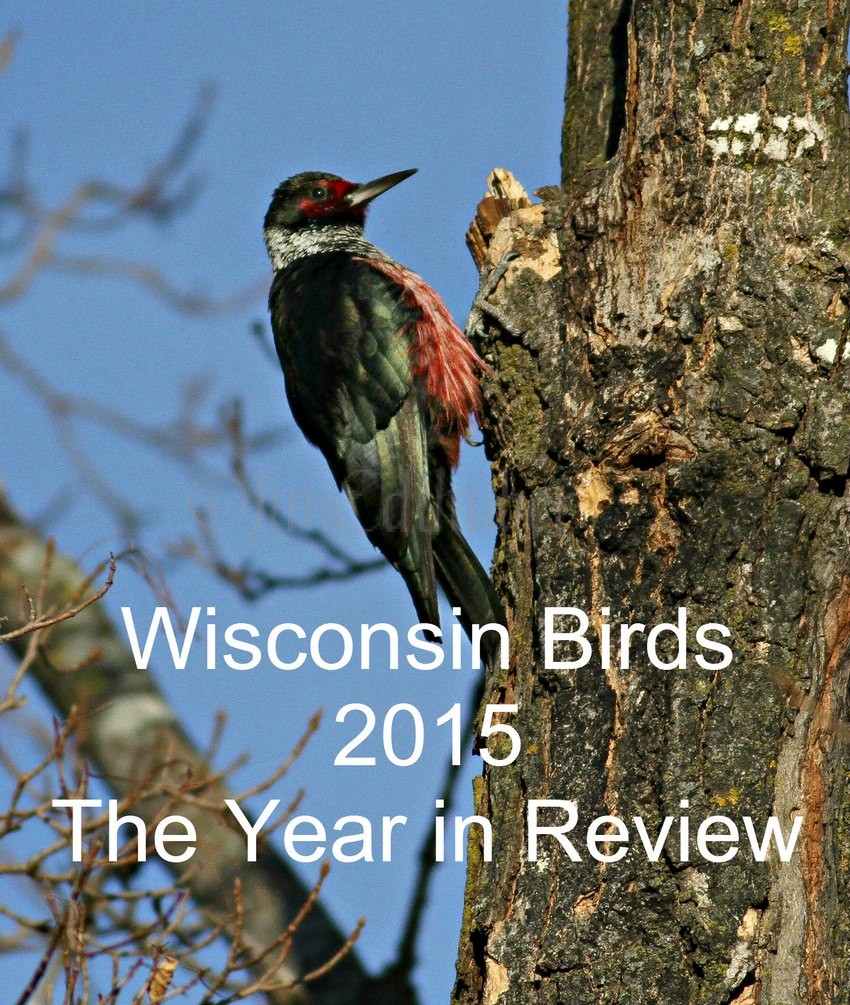

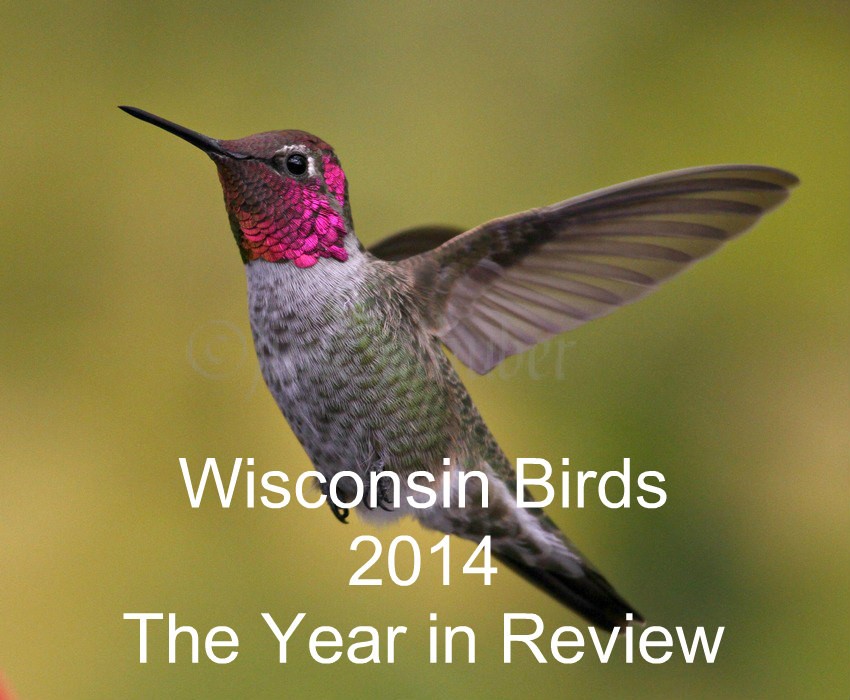
I would like to purchase of these photo with Sandhills cranes. What would be the cost? Momma and two little ones.